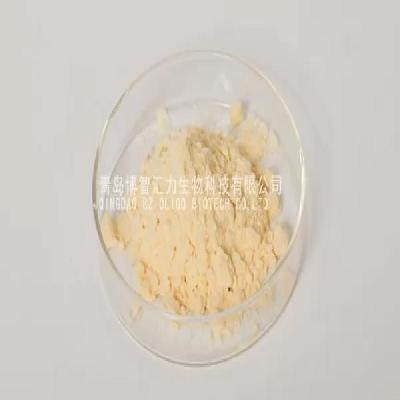-
Categories
-
Pharmaceutical Intermediates
-
Active Pharmaceutical Ingredients
-
Food Additives
- Industrial Coatings
- Agrochemicals
- Dyes and Pigments
- Surfactant
- Flavors and Fragrances
- Chemical Reagents
- Catalyst and Auxiliary
- Natural Products
- Inorganic Chemistry
-
Organic Chemistry
-
Biochemical Engineering
- Analytical Chemistry
-
Cosmetic Ingredient
- Water Treatment Chemical
-
Pharmaceutical Intermediates
Promotion
ECHEMI Mall
Wholesale
Weekly Price
Exhibition
News
-
Trade Service
HTC Vive should be said to be the most successful PC VR device at present, and the Steam hardware statistics in July showed that its share was as high as 64.
71%, which was twice that of the Oculus Rift, but cable tethering was the biggest pain point
.
The device was released in early March, of which the overseas price was $799, the domestic starting price was 6,888 yuan, and third-party statistics showed that its actual sales exceeded 100,000 units, bringing nearly $100 million in revenue
for HTC.
After a generation of success, the outside world can't help but look forward to Vive 2.
0
.
According to foreign media reports, Mr.
Vive, vice president of HTC Vive.
Raymond Pao said in an exclusive interview that the so-called Vive 2.
0 is still in the planning stage, and no substantive details have yet taken shape
.
That said, HTC doesn't have a timeline for the 2nd generation Vive internally, and engineers haven't worked on a key new feature
.
Although Mr.
Pao looks smiling and calm, the fact is that the current development speed of VR hardware products is very amazing, covering giants such as Intel, AMD, and Samsung to small entrepreneurs from Shenzhen, Europe and the United States
.
Moreover, with the mobile phone business getting worse and worse and lacking energy, how HTC expands its territory and keeps it after the initial results of VR development is the key to
success or failure.
As far as the expectations of the outside world are concerned, HTC Vive 2.
0 is expected to solve the biggest pain point
of "cable" constraints.
HTC Vive should be said to be the most successful PC VR device at present, and the Steam hardware statistics in July showed that its share was as high as 64.
71%, which was twice that of the Oculus Rift, but cable tethering was the biggest pain point
.
The device was released in early March, of which the overseas price was $799, the domestic starting price was 6,888 yuan, and third-party statistics showed that its actual sales exceeded 100,000 units, bringing nearly $100 million in revenue
for HTC.
After a generation of success, the outside world can't help but look forward to Vive 2.
0
.
According to foreign media reports, Mr.
Vive, vice president of HTC Vive.
Raymond Pao said in an exclusive interview that the so-called Vive 2.
0 is still in the planning stage, and no substantive details have yet taken shape
.
That said, HTC doesn't have a timeline for the 2nd generation Vive internally, and engineers haven't worked on a key new feature
.
Although Mr.
Pao looks smiling and calm, the fact is that the current development speed of VR hardware products is very amazing, covering giants such as Intel, AMD, and Samsung to small entrepreneurs from Shenzhen, Europe and the United States
.
Moreover, with the mobile phone business getting worse and worse and lacking energy, how HTC expands its territory and keeps it after the initial results of VR development is the key to
success or failure.
As far as the expectations of the outside world are concerned, HTC Vive 2.
0 is expected to solve the biggest pain point
of "cable" constraints.







